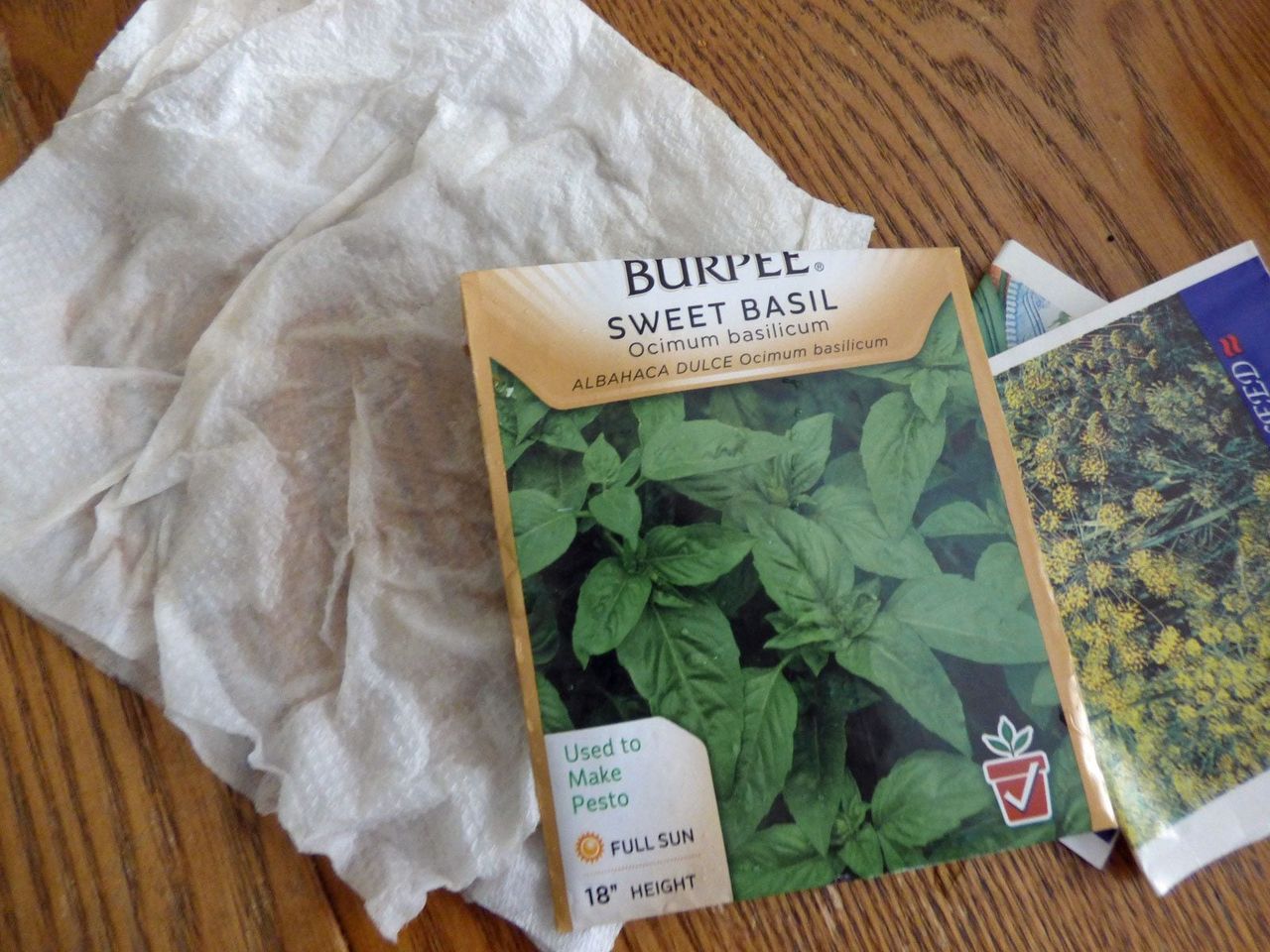Can I Plant Seeds That Got Wet: How To Save Wet Seeds

No matter how organized you are, even if you are super Type A combined with a moderate obsessive compulsive disorder, (in the interest of being PG) “stuff” happens. So it comes as no surprise that some, maybe someone in this household, may have ended up with wet seed packets. If this happened to you, I am sure you have a number of questions about what to do when seed packets get wet. Can I plant seeds that got wet? What do I do when the seed packets get wet? In general, how to save wet seeds, if possible. Let’s learn more.
Help, My Seed Packets Got Wet!
First of all, don’t panic. Take a “glass is half full” approach and stay positive. You may, indeed, be able to save wet seed packets. Perhaps, only the seed packet is wet. Open it and check the seeds. If they are still dry, repackage them in a dry bag or jar, seal and re-label them. What to do with wet seed packets depends on WHEN the seed packets get wet. If it is the right time of year for planting and you were going to do so anyway, no problem. After all, the seeds need to get wet to germinate, right? So the answer to the question “can I plant seeds that got wet” in this case is yes. Just plant the seeds right away. If, on the other hand, you have been collecting seeds for later harvest and it’s the dead of winter, things may get a little dicey. Also, if the seeds have gotten wet and have been for some time (and you have just discovered this), you may have a problem. Open the packets and check the seeds for any sign of mildew. If they are molding, they aren’t viable and should be tossed.
How to Save Wet Seeds
If, however, you have discovered the wet packets promptly but it isn’t the right time to plant them, you can try to dry them out. This is risky, but gardening is inherent with experimentation, so I say go for it. Lay them out on dry paper towels to dry. Once the seeds are dry, label them, indicating the incident so when you go to use them, you won’t be surprised if they don’t germinate. At this juncture, you might want to come up with an alternative plan such as getting a second batch of seeds to start as back-ups or resorting to buying nursery starts. The nature of seeds is that once they are given moisture, they begin to germinate. So it is possible that the process has already started and there’s no turning back. Lastly, when in doubt, try a germination test. If the previously wet seeds are dry now, select 8-10 and place them between damp paper towels. Put the damp towels and seeds into a plastic bag. Check the seeds in a week to see if they have sprouted. If so, they are okay and all is well. If not, alternate plan, as it’s time to replace the seeds. Oh, and next time, store your seeds in an area where they can’t get wet!
Gardening tips, videos, info and more delivered right to your inbox!
Sign up for the Gardening Know How newsletter today and receive a free copy of our e-book "How to Grow Delicious Tomatoes".

Amy Grant has been gardening for 30 years and writing for 15. A professional chef and caterer, Amy's area of expertise is culinary gardening.
